Passive design explained
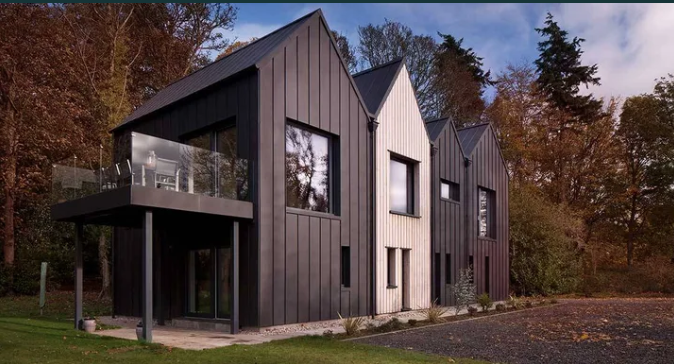
What is passive design?
Passive design uses layout, fabric and form to reduce or remove mechanical cooling, heating, ventilation and lighting demand. Examples of passive design include optimising spatial planning and orientation to control solar gains and maximise daylighting, manipulating the building form and fabric to facilitate natural ventilation strategies and making effective use of thermal mass to help reduce peak internal temperatures.
Passive design is crucial for sustainable and healthy buildings. In addition, implementing passive design strategies positively affects human comfort in all its dimensions. But what do we mean by human comfort when talking about architectural design? Let’s have a look at the main concepts.
What does human comfort include?
- Thermal comfort: Making sure a person doesn’t feel excessively hot or cold is essential to maintaining their thermal comfort. This entails maintaining appropriate ranges for the temperature, humidity, ventilation, and radiation sources.
- Visual comfort: In order to maintain visual comfort, it is important to make sure that people have good views, adequate light for their activities, and the right quality and balance of light.
- Air quality: Air in the space must be clean, fresh, and properly circulated in addition to being the proper temperature and humidity for thermal comfort.
- Acoustic comfort: Sound must be at the proper volume and quality to allow for proper use of the space.
High-performance sustainable buildings combine passive and active design strategies to ensure indoor comfort and minimize energy, materials, water, and land use. In this article, we will explore some strategies of passive design in detail. But firstly let’s go over the difference between passive and active design strategies, so you get the full picture.
Passive design refers to architecture that adjusts its temperature to the surrounding environment. Depending on your area, good passive design should reduce or eliminate the need for supplemental heating or cooling, and it frequently depends on an active occupant to function correctly. The thermal comfort of a passively constructed designs can last a lifetime, and it can also have low energy costs and low greenhouse gas emissions.
On the other hand, active design solutions include techniques such as heat pumps, radiant panels or chilled beams, forced-air HVAC systems, and electric lighting to maintain the building’s comfort.
While hybrid systems are methods consist of heat recovery ventilation, economizer ventilation, solar thermal systems, radiant facades, and possibly even ground source heat pumps in order to maximize the utilization of available energy sources.
Passive Design Strategies
Continuous Insulation
Without gaps, foundations, walls, floors, doors, windows, and roofs are all insulated. A Passive design has thicker walls that frequently have three or more layers of construction materials and insulating cavities in between. Up to 12 inches of tightly packed cellulose, fiberglass, or other materials can be used to fill the cavities. There is frequently a gap just inside the inner wall that houses all the wiring and ducting. Passive Houses are pleasantly quiet and cozy because of all this insulation.
Add to that, windows have double or triple glazing to keep heat inside (or, in the summer, penetration of heat). In order to reduce heat loss, the area between glazing layers is frequently filled with inert gases like argon or krypton.
If you are interested in checking sustainable thermal insulation materials, visit 2050 Materials website.
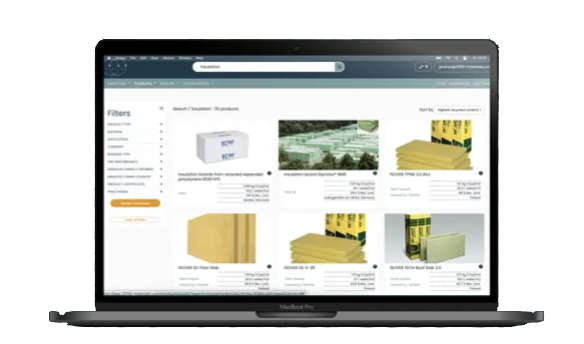
Elimination of Thermal Bridges
Permanent insulation removes “thermal bridges” to the outside environment. When a material has a better thermal conductivity than the materials around it, a thermal bridge allows heat to travel over.
The most typical type of thermal bridge is a gap in the insulation, although other types include outlets, junction boxes, and pipes. Because thermal bridges are more likely to form around corners, jogs, balconies, and discontinuities, Passive House designs are frequently more straightforward.
Thermal bridges frequently trap external moisture, which can result in mold growth or other structural harm. Similar to how perspiration on a beer glass or condensation on chilly pipes gathers moisture from the air, a thermal bridge does the same.
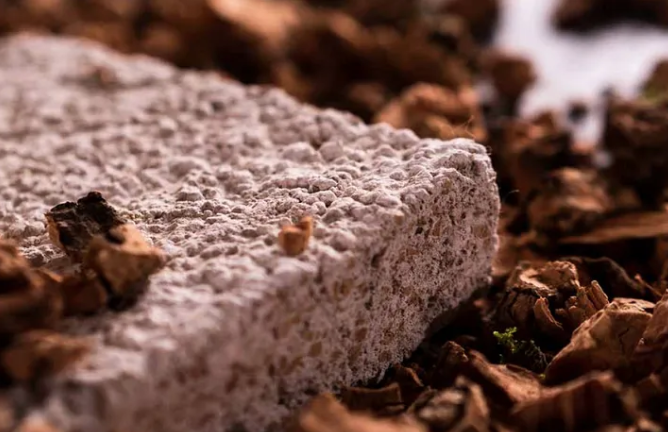
Plaster Diathonite Thermactive.037
Browse beautiful and sustainable thermal insulation materials on app.2050-materials.com.
Windows and Doors
Since they feel as warm inside as the air, windows and doors are made to reduce heat transmission significantly more effectively than regular windows, which prevents condensation in the winter. To preserve that airtight building layer, they are airtight. They are also properly shaped and coated to admit solar gain during cool seasons without overheating during warm seasons. When you want the sun, it can be controlled with careful shading arrangements.
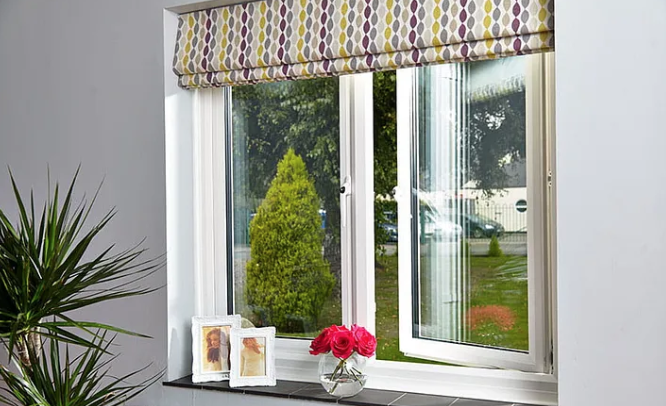
Double Glazed uPVC Casement Windows
Build your projects with real material and simulate the carbon emissions of your project with our free project tool.
 “I really belive that safe energy is the invisible oil that is in existence everywhere and everyone can access it. Nobody has to buy it from anybody, just smart building techniques will access that wealth, the wealth of conserved energy, and anybody can get it.” — Katrin Klingenberg
“I really belive that safe energy is the invisible oil that is in existence everywhere and everyone can access it. Nobody has to buy it from anybody, just smart building techniques will access that wealth, the wealth of conserved energy, and anybody can get it.” — Katrin Klingenberg
Ventilation and Heat Recovery
Because Passive design structures are so well sealed, they require thoughtful ventilation. It’s essential to have constant fresh air circulation and to remove stale air from basements, bathrooms, and kitchens to stop the buildup of odours, air pollutants, CO2, and humidity.
Heat or energy recovery ventilators — devices that transfer heat from one medium to another — can be used as a form of ventilation to provide “balanced ventilation” and bring in fresh air without wasting all the energy in the exhausted air. These ventilators are connected to fans, vents, and ducts.
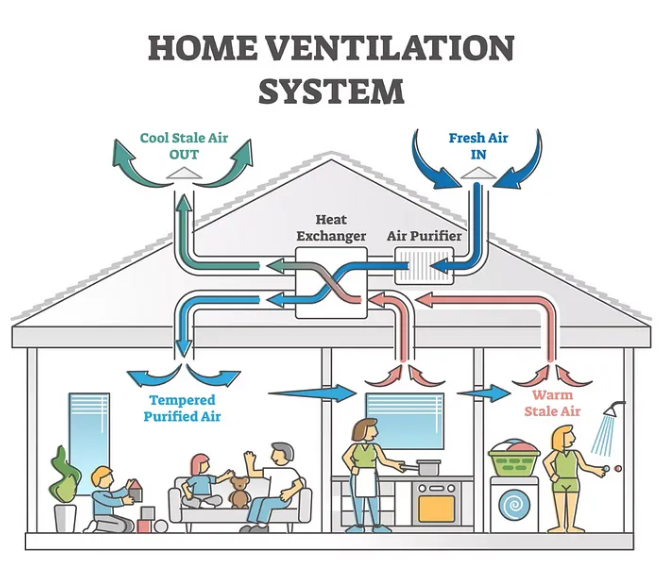
Buildings with passive building design can significantly cut their heating and cooling expenses, and the idea is not just applicable to homes.
As a summary, the below are some key advantages that you can benefit from when adapting passive design:
- Durability
- Excellent air quality
- Comfort
- Energy savings
Visit 2050 Materials to compare and specify the most sustainable materials, from the foundation to the finishes.
If you have a project and don’t know quite where to start, reach out to us at info@2050-materials.com and we can help you navigate material sustainability.

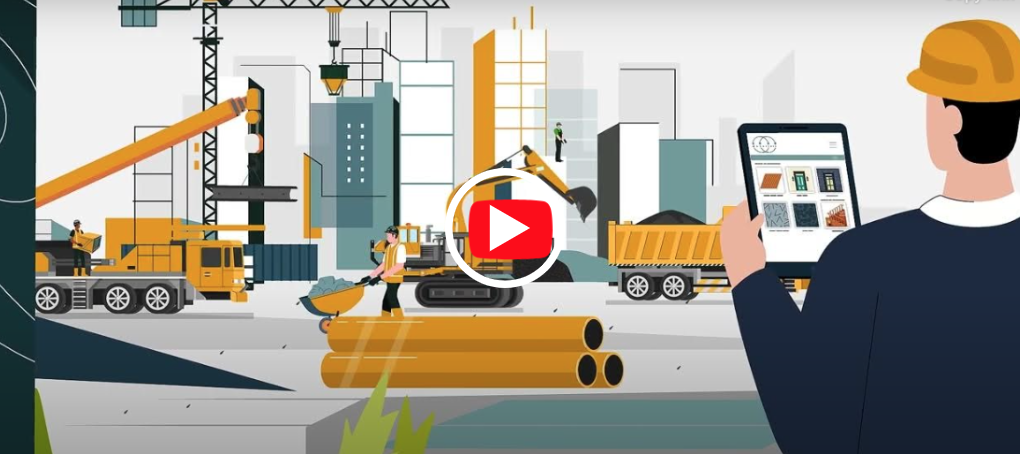
Related articles

Climate-Resilient Materials for the Built Environment: A Data-Centred Prime
As climate volatility intensifies, resilience metrics are fast becoming as critical as carbon data in material selection. This article outlines why adaptation is now a design imperative, how materials can be evaluated through a systems lens, and what KPIs project teams should demand. From self-healing concrete to fire-rated façades, we present a structured taxonomy of resilient materials, explain how to embed this intelligence into digital design workflows, and propose next steps for specification, benchmarking, and procurement.
Read more
The Most Interesting Low Carbon Products in Office Design
In this article and collection, we highlight 11 outstanding products that contribute to a lower carbon footprint in office design.
Read more
Top Low Carbon Building Boards: Performance, Benefits, and Use Cases
The building boards highlighted in this article and collection showcase low-carbon innovation in modern construction.
Read more